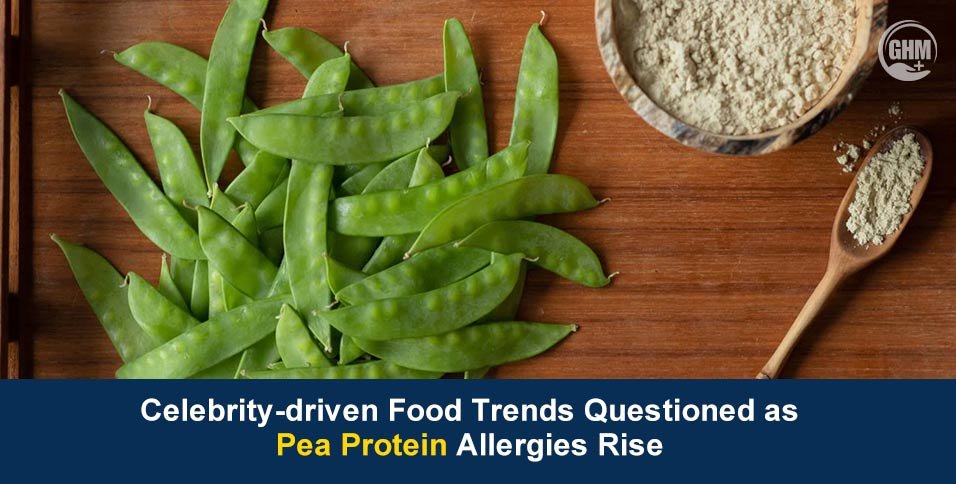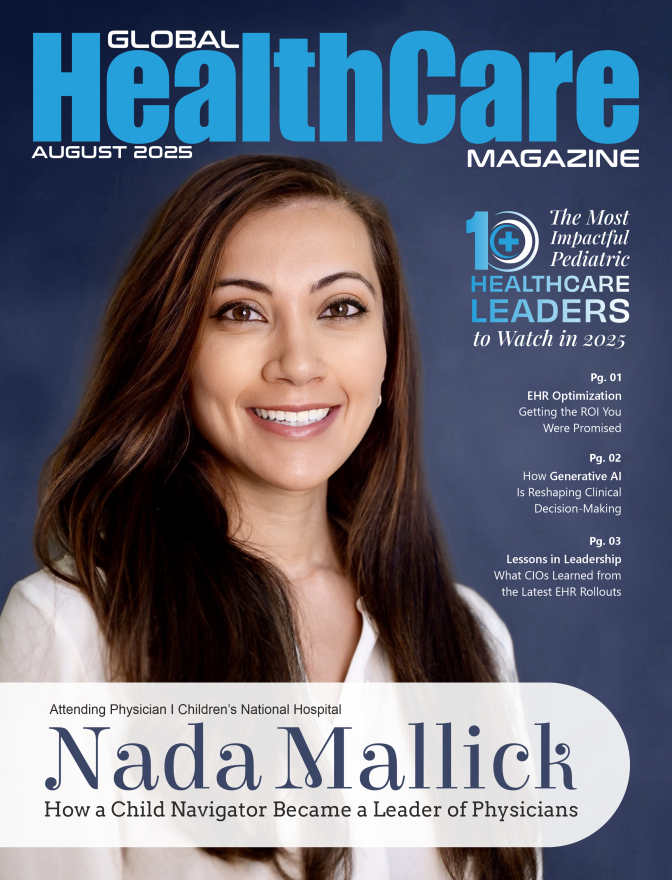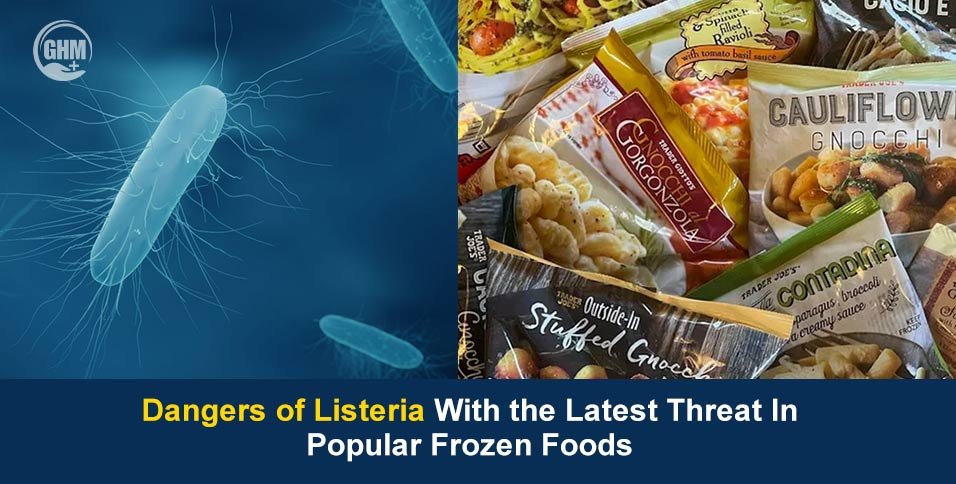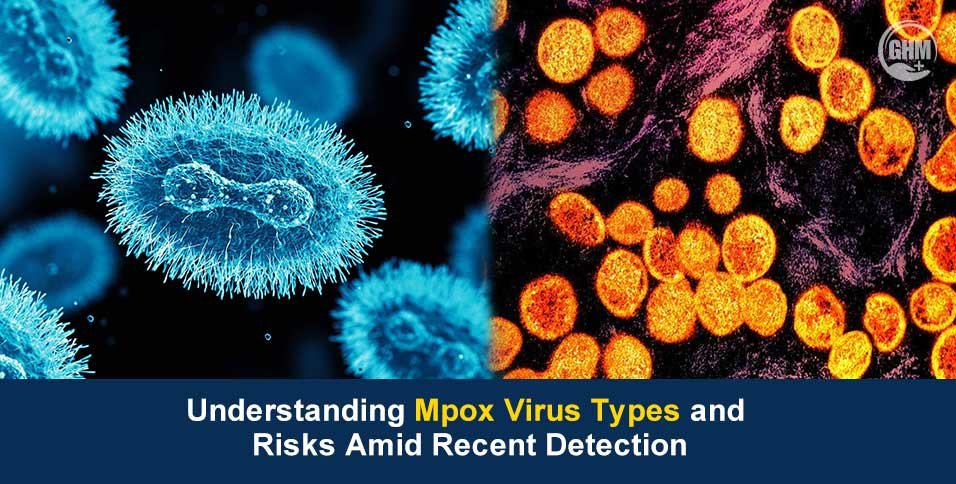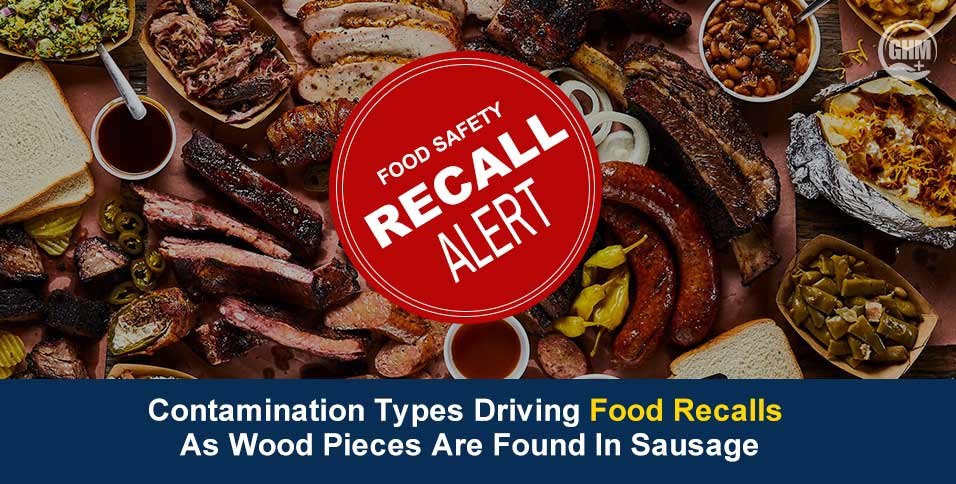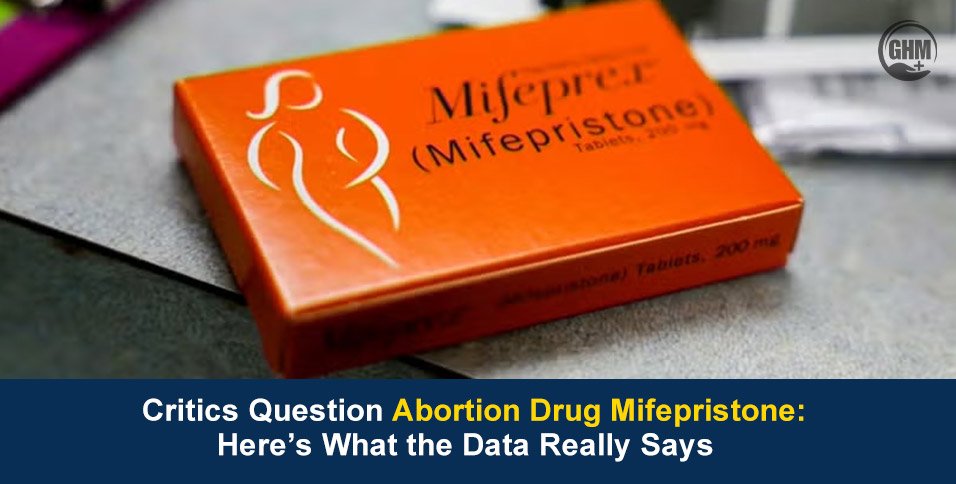Pea protein, once a niche vegan product, is now showing up in everything from sports nutrition shakes to snack bars, bread, chicken nuggets, and even ice cream. This meteoric rise is largely fueled by influencers and celebrities who promote “healthy” plant-based diets across social media.
While plant-based eating is often celebrated for its sustainability and health benefits, growing evidence suggests this trend could be triggering a hidden health crisis — a rapid rise in pea protein allergies.
The Rise of Pea Protein
Popular wellness icons, from Hollywood actors to fitness influencers, have made pea protein a status symbol for clean eating and muscle building. Instagram feeds overflow with smoothie bowls, energy bars, and meal plans featuring protein made by peas, making it aspirational and mainstream.
According to Allied Market Research, the global pea protein market is expected to hit £144 million ($176 million) by the end of 2025, a sixfold increase from 2017. In the UK, a plant protein review revealed that this protein now appears in nearly 12% of all new meat substitute products.
As manufacturers race to meet demand, this protein is quietly becoming a staple ingredient in everyday foods, often without consumers realising it.
Quiet Surge in Pea Protein Allergies
For most people, protein from peas seems harmless. It’s high in nutrition, low in calories, and completely plant-based. However, what many don’t realise is that peas contain proteins like vicilin and legumin, which can trigger immune responses in sensitive individuals.
Symptoms range from mild skin irritation and stomach cramps to life-threatening anaphylaxis. Allergy experts warn that concentrated forms of protein powder made by peas found in processed foods are especially risky because even small amounts can provoke severe reactions.
A concerning factor is cross-reactivity. People with peanut or other legume allergies may unknowingly react to this protein.
Recent studies also point to a sharp rise in childhood allergies, linking them directly to the increased consumption of highly processed protein made by peas.
Hidden Dangers in Everyday Foods
Unlike peanuts or shellfish, this protein is not on the UK’s list of 14 major allergens, which means products containing it don’t require bold allergen warnings. Consumers must rely solely on ingredient labels, and these labels are often confusing.
- Hidden in unexpected foods: protein powder made by peas now appears in non-vegan items like baked goods, “allergy-friendly” snacks, and even some grain-free pet foods.
- Processed vs. fresh peas: Some people experience reactions only to processed pea protein, not fresh peas. Experts believe this could be due to higher concentrations or altered protein structures created during processing.
- Label loopholes: If this protein makes up less than 2% of a compound ingredient, it may not need to be listed separately, creating a serious risk for families managing food allergies.
This lack of transparency leaves consumers vulnerable, especially as pea-influenced protein continues to infiltrate everyday food categories.
When a well-known celebrity or influencer endorses this protein of peas as a “must-have” supplement or a weight-loss booster, demand skyrockets. This drives manufacturers to expand production, and consumers, inspired by aspirational lifestyles, eagerly adopt the trend.
However, wellness bloggers and influencers rarely mention allergy risks. Their focus tends to be on protein content, sustainability, or ethical sourcing.
As a result, millions of followers may unknowingly be exposed to allergens that were previously uncommon in their diets.
Why Pea Protein Still Escapes Major Warnings
Despite its growing presence, pea protein remains off the official allergen watchlist in many countries. This regulatory gap means companies are not required to give clear, bold warnings on packaging.
In complex products like frozen meals or snack mixes, this protein may be hidden as part of another ingredient blend, making it extremely difficult for allergy sufferers to identify.
This creates a perfect storm of rising consumption, poor labelling, and heightened risk for vulnerable individuals.
The Real Cost of Trending Diets
While protein made by peas is marketed as a sustainable and ethical alternative to animal protein, the unintended consequence is a rise in allergic reactions.
Celebrity-driven endorsements have the power to shape global diets overnight, but they also spread risk just as quickly.
Consumers are often left balancing two conflicting narratives:
- The idealised image of wellness is portrayed by influencers.
- The real-world consequences of widespread, unregulated ingredient use.
Moving Forward: Safety Before Hype
To protect consumers, experts recommend:
- Clearer labelling of pea protein and related legumes on all food products.
- Public education campaigns about plant-based allergens and cross-reactivity risks.
- Responsible influencer marketing, where celebrities include disclaimers about potential allergy risks.
- Ongoing research to track the prevalence and severity of protein allergies from peas globally.
Conclusion
Celebrity culture has propelled pea protein from a niche ingredient to a global health trend. But as its popularity grows, so does the danger for those with hidden sensitivities.
Without stronger labelling, public education, and responsible promotion, millions of consumers may unknowingly face serious health risks.
The message is clear: before following the latest celebrity diet trend, always read ingredient lists carefully, watch for pea involvement in protein, and consult a doctor if you have a history of legume or peanut allergies. Health isn’t about hype but about informed choices.

